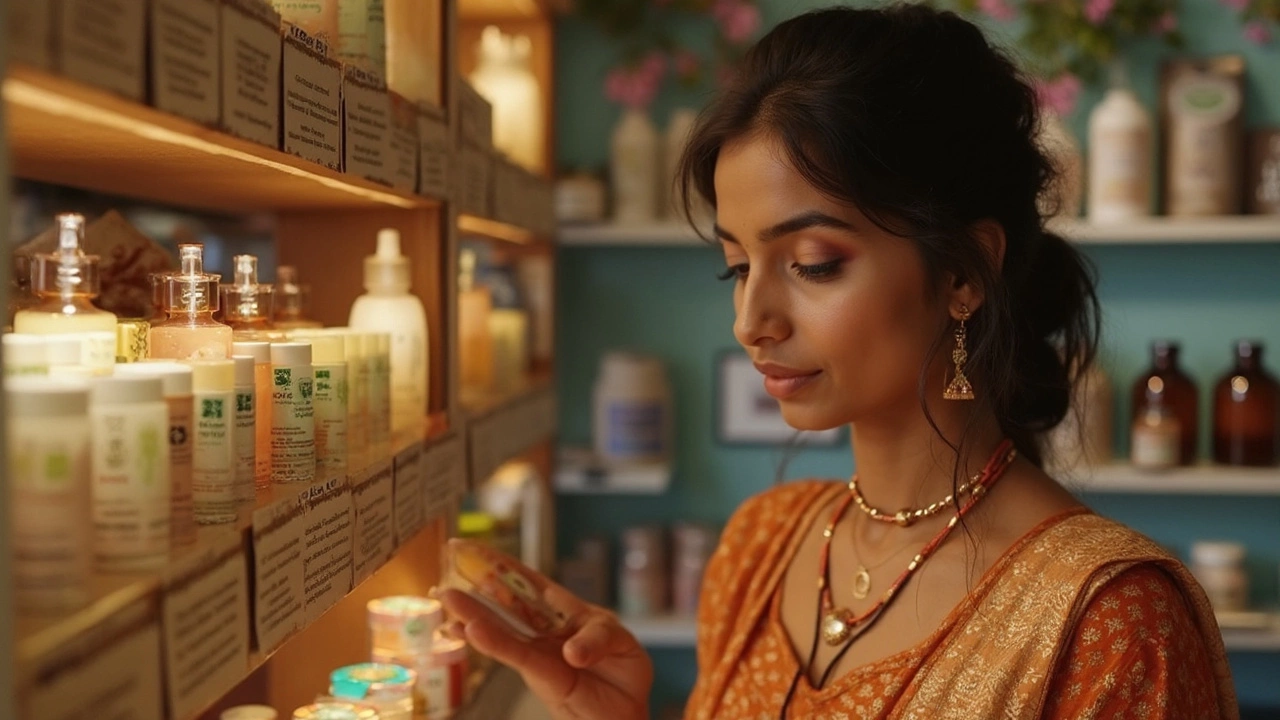How to Pick the Healthiest Cosmetics for Everyday Use
Everyone wants makeup and skincare that look good without hurting the skin. The trick is to focus on what’s actually in the product, not just the fancy label. Below you’ll find straight‑forward tips that let you shop with confidence.
Key Ingredients to Look For
First, check the ingredient list. Look for skin‑loving basics like:
- Niacinamide – reduces redness and strengthens the barrier.
- Hyaluronic acid – pulls water into the skin for lasting hydration.
- Plant‑based oils (shea, jojoba, argan) – give soft, non‑greasy moisturization.
- Vitamin C – brightens and defends against free radicals.
These ingredients have solid research behind them and work for most skin types. If a product lists them near the top, you’re likely getting a meaningful amount.
Red Flags and How to Avoid Them
Now, what should you steer clear of? Watch out for:
- Parabens – preservatives that can disrupt hormones.
- Phthalates – often hidden in fragrance mixes and linked to endocrine issues.
- Sulfates (SLS, SLES) – strip natural oils and can irritate sensitive skin.
- Artificial fragrance – a vague term that can hide dozens of chemicals.
If any of these appear high on the list, consider a different product. Even a small amount can cause problems over time, especially on the face.
Another quick test is the “3‑step rule.” First, read the first five ingredients – they make up most of the formula. Second, check for any of the red‑flag items. Third, compare the claim (e.g., "hydrating") with the ingredients that actually hydrate. If the claim doesn’t match, the product is likely more marketing than science.
Brands that are transparent about sourcing and testing usually earn higher trust. Look for statements like “dermatologist tested,” “non‑comedogenic,” or “vegan” if those matter to you. But remember, the safest bet is a short, clear ingredient list.
Finally, use your sense of smell and feel. A product that smells overly synthetic or feels sticky after a few minutes might contain hidden irritants. Trust your skin – if it reacts, stop using it and look for a gentler alternative.
By keeping an eye on the good ingredients, ditching the bad ones, and testing how a product behaves, you’ll build a collection of the healthiest cosmetics without breaking the bank.
Ready to shop smarter? Grab a notebook, jot down the ingredients you love, and start crossing off the red flags. Soon you’ll notice fewer breakouts, less irritation, and a glow that’s truly skin‑deep.
Healthiest Cosmetics Brands: Your Real Guide to Organic Skincare
Trying to choose the healthiest cosmetics brand is tricky with so many options and confusing labels. This article breaks down what really makes a brand 'healthy' and why it matters for your skin and body. Discover which top brands put transparency and real organic ingredients first, plus some ingredient red flags to avoid. You'll get tips for building a simple, safe routine and spotting misleading greenwashing. Feel confident picking products that nourish your skin without the hidden nasties.

 Hair Care
Hair Care